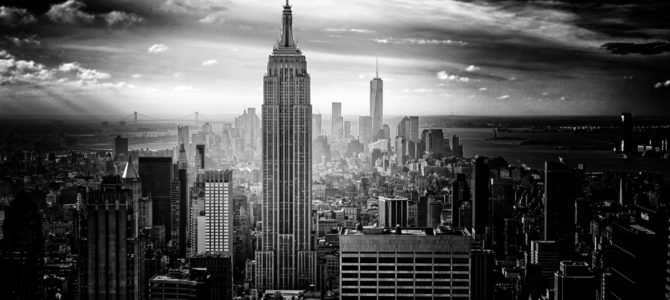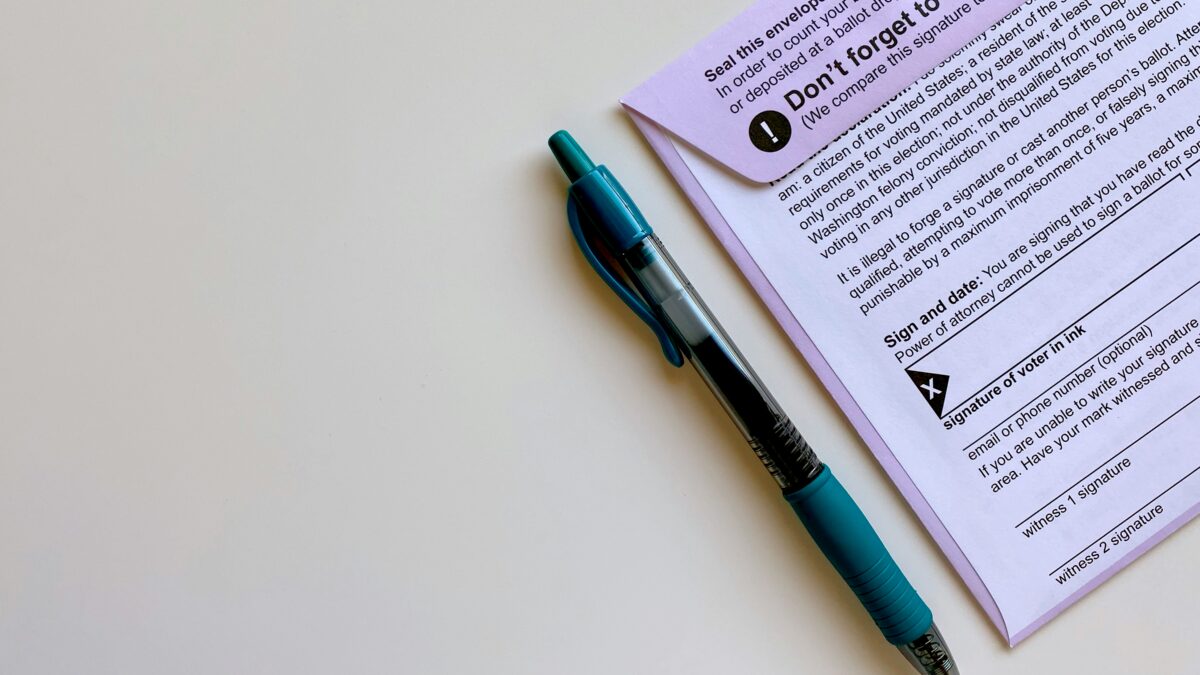
The fate of New York City may be visible in scenes from a 1971 film, “The Panic in Needle Park.” Shot in 1971 on the Upper West Side and featuring Al Pacino in his first leading role, the film was set in Sherman Square at 70th and Broadway, then nicknamed “Needle Park” because it was where heroin addicts went to shoot up.
Two decades later, the Upper West Side became my home. Shortly after arriving, I watched the film in wonder.
The exteriors were shot with long lenses from across Broadway, capturing broad-brush, unscripted images of Uptown Manhattan in the 1970s — cinéma verité at its best. I stopped the film repeatedly, searching the frames for anything I could recognize. Other than the fenced edges of the park and the 72nd Street subway station, nothing was familiar. The neighborhood I knew no longer bore any resemblance to the gray, destitute, hopeless world that the Upper West Side used to be.
I mentioned the film to a friend of mine, a writer living in the East Village. She never missed a chance to mock Uptown as not legitimately New York. “You know you live in suburbia, right?” she said. “Don’t get run over by the moms and their strollers!”
She was right, and not just about Uptown. Under NYC Mayors Rudi Giuliani and Michael Bloomberg, so many neighborhoods throughout the five boroughs had become hotbeds of toddlers. In place of heroin markets, there were now playgrounds teeming with children.
In my neighborhood, lines of strollers waited with anticipation outside Magnolia Bakery to buy cupcakes every weekend; the Baseball Center on 74th Street, where my son had his summer camps; Steps On Broadway, where my daughter took her first dancing lessons; Our Name Is Mud, where my kids painted their hand-made clay coffee cups with “For Dad” (which I still have). And yes, it made you grit your teeth to think how many edges New York had lost to this kind of cutesy stuff.
But my friend’s disdain for the family ‘hoods was different in one respect from the contempt Mayor Bill DeBlasio shows today. Hers was benign, stated with a smirk. She just wasn’t going to go Uptown for drinks, that’s all. For the mayor, by contrast, a neighborhood in New York where you’re not afraid to raise children is a place of privilege that has no right to exist.
As DeBlasio revives Needle Park on the Upper West Side, he sneers: “I was troubled to hear this concept that because wealthy people have a set of concerns about the city, that we should accommodate them, that we should build our policies and approaches around them. That’s not how things work around here anymore.” This, in turn, makes one wonder: How do they work anymore?
A Particularly Tragic Exodus
The exodus that DeBlasio endorsed is now proceeding apace, and the moving companies are booked solid. It’s baffling and heartbreaking to watch. Here is the mayor of New York declaring that we don’t want “fair-weather” residents. He only wants people who will accept their fair share of abuse. Good riddance to the spineless, privileged kid-coddlers who aren’t comfortable living amidst assaults, drug addiction, robberies, stabbings, and used syringes.
The “equality” our city now aspires to — through police de-funding, no-bail laws, and soak-the-affluent schemes — is not a place in which no one should live in such conditions; it’s a place in which everyone should. Perhaps what ticked the mayor off is that some people are refusing to pay a premium to live in a state-imposed Kafka novel.
It’s why the Soviet Union, Cuba, and other socialist paradises had to build border fortifications not to keep people out, but to keep people from fleeing. As it turns out, given the choice, quite a few people don’t want to live like that.
The dream of our municipal leaders appears to be a return to the New York of the 70s and 80s; the crime-ridden, crumbling, bankrupt New York set to music in the Rolling Stones’s “Shattered” (“Look at me! I’m in tatters.”). But alas! The theaters, restaurants, bars, comedy clubs, music halls, galleries, and jobs that made New York magnetic even in those days, even when it was Needle Park, are going extinct under the lockdown regime. This stale remake of Edgy New York is turning out to be Empty New York.
The exodus seems particularly tragic because, for two decades, I witnessed the virtuous circle that New York used to be. When Uptowners took Central Park back from the city and restored it to an oasis of beauty and recreation, people flocked to the park, it became safer, more people came, and around it went. Other public spaces flourished: Brooklyn Bridge Park, Prospect Park, Riverside Park, the High Line.
Indeed, there was the annual ritual of reading how the crime rate had gone down for yet another year; a continuous, incredible reduction in assaults, rapes, and murders until we were safer than London. It was uplifting to think of all those tens of thousands of people who were not killed, attacked, or maimed in New York, all of us who could simply go about building and living our lives. People wanted to be here. Companies wanted to be here. Jobs were created, more lives built. Round it went.
Yet in a remarkably short time, DeBlasio and Gov. Andrew Cuomo have tag-teamed to smother New York in the name of social justice and pandemic safety all while remaining indifferent to the lethality of shootings and stabbings, even allowing Fifth Avenue and Macy’s to be looted.
I know the rebuttal: but the disparity! What about the people who could no longer afford to live in New York? The relentless search for living space left hardly a neighborhood un-gentrified. Haven’t Cuomo and DeBlasio solved one of New York’s greatest hardships of finding an affordable apartment?
Granted, they have. Rents and real estate prices are now tumbling. They’ve even fixed the traffic congestion. The transformational achievements of these epic leaders may merit a statue in Columbus Circle or the re-naming of an airport.
Cycles of Virtue to Cycles of Vice
The problem is that New York exists — only exists — as a place where people have the freedom to live without limits; to succeed or fail, build an extraordinary life, or even an ordinary one with a spouse and children where you don’t have to fear for their safety. If you take that away, who would suffer the traffic, the congestion, the tiny living spaces, the stress, the smell, the trash, and the extortionary taxes?
New York is living proof that cities are subject to either virtuous or vicious cycles that feed on themselves and drive the city either toward growth or decline. For decades now, New Yorkers have only known the virtuous days, and it has perhaps created the illusion that the eras of Giuliani and Bloomberg are some sort of perpetual norm. There seems little recognition for how fast a city can decline and how long and difficult the road back can be (if you ever find it at all).
Unfortunately, New York City isn’t alone — Chicago, Los Angeles, Minneapolis, Portland, and Seattle all may soon look back on their glory days. These are not places emptied because of an industry collapse. These are cities whose leaders are actively driving residents out. It is absolutely within the realm of possibility for these places to share the fate of a city like Baltimore, a once-great city that declined and never came back. At the moment, particularly for New York, this future appears likely.
Has the political class now pushed America’s cities beyond the tipping point? It all depends, but it is hard to see the light at this point. In Albany, Cuomo and minions are now working to perpetuate single-party rule in New York, even as residents flee the state. So what could ever change? If you want to see what a generation of single-party rule does to a city, visit Baltimore, Detriot, or St. Louis — the results aren’t pretty.
Watching people embrace this urban destruction is like watching a battered wife return to her abuser. You want to plead with her not to give in, to never go back. “But I love him!” She says. Then she gets another beating. Except, in this real-world scenario, we’re the battered wife. We’re the ones getting beat and re-electing our abusers. We’re experiencing the worst case of Stockholm syndrome since Patty Hearst — which leads us straight back to Needle Park.
Yet Reasons to Hope
Yet, knowing what New Yorkers once were, I continue to hope. After all, New York is the city that endured September 11 and came back stronger than ever. This time, though, the people who brought us to our knees are not foreign-born terrorists, but the very people we trusted to be the caretakers of our great city.
De Blasio’s reign of abuse will continue until the end of 2021. Perhaps when that day finally comes, people will get up off their knees and say: Enough! Perhaps then, it will no longer be “racist” or “privileged” to stand up for New York, restore competence and sanity to City Hall, or to fight for the city’s revival. Or perhaps, in true New York fashion, people will simply ignore the slurs, the empty-headed dogma, the nonsense, and find the courage to speak out to save their home.







